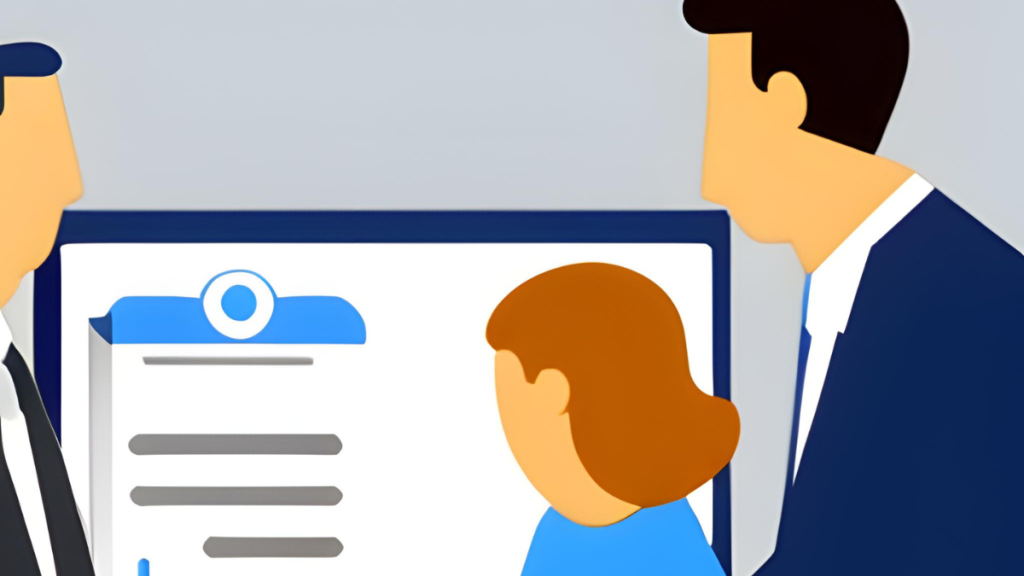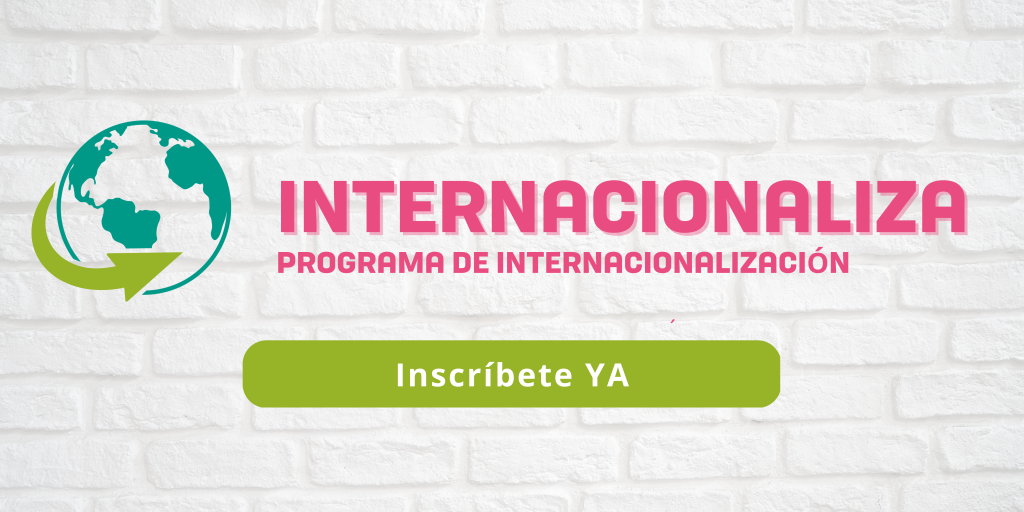Leaseback para empresa: Tu estrategia inteligente de financiamiento y liquidez
No vendas tu visión por falta de fondos. Con el Leaseback, conviertes tus activos en la palanca financiera que tu aceleración necesita.
El Leaseback: Desbloquea Capital Sin Detener tu Operación
El Leaseback es una forma de financiamiento crucial según mentorDay. Consiste en vender un activo que tu empresa posee (como equipo o propiedad) y alquilarlo de vuelta a largo plazo. Esta transacción elimina el bloqueo de la falta de liquidez empresarial, permitiéndote obtener capital inmediato para invertir en crecimiento, pagar deudas o financiar nuevas oportunidades, mientras mantienes el uso y disfrute continuo del activo. Si buscas acelerar con recursos frescos y usar tus activos fijos de manera inteligente, esta guía práctica de mentorDay es tu hoja de ruta.
Cómo el Leaseback Impulsa la Aceleración Empresarial
Como mentores en mentorDay, hemos visto muchas empresas estancarse porque su capital está inmovilizado en activos. El Leaseback (o retroleasing) te permite liberar ese valor rápidamente. La empresa, como vendedora, se convierte en el arrendatario, mientras que el comprador se convierte en el arrendador. Este movimiento estratégico te proporciona una inyección inmediata de capital, crucial para financiar tu crecimiento sin interrupciones operativas.
5 Ventajas para Maximizar tu Liquidez Empresarial
Si estás en fase de aceleración, liberar el valor de tus activos es crítico. Estos son los beneficios que he visto que hacen del Leaseback una herramienta de financiamiento poderosa:
- Liberación de Capital Instantánea: Vendes un activo y obtienes liquidez inmediata que puedes utilizar para financiar el crecimiento, invertir en nuevas oportunidades o pagar deudas pendientes.
- Uso Continuo del Activo: A pesar de la venta, puedes seguir utilizando la propiedad o el equipo en tu operación diaria a través del contrato de arrendamiento. Esto garantiza la continuidad del negocio sin interrupciones.
- Flexibilidad Financiera: El Leaseback brinda flexibilidad a la empresa, permitiendo utilizar el capital de manera más eficiente y enfocarse en áreas estratégicas de crecimiento, como la expansión o el desarrollo de productos.
- Mejora del Flujo de Efectivo: Al convertir un activo en efectivo y estructurar los pagos de alquiler en plazos regulares y predecibles, la empresa puede gestionar mejor sus flujos de caja y lograr estabilidad financiera.
- Posibles Beneficios Fiscales (SEO): Dependiendo de la jurisdicción y las leyes fiscales, los pagos de alquiler pueden ser deducibles de impuestos como gastos operativos, lo que puede reducir la carga fiscal y aumentar la rentabilidad.
¿Podrías cuantificar cuánto valor no utilizado tienes inmovilizado en tus activos fijos ahora mismo?
Riesgos y Consideraciones Clave Antes de Firmar
Ahora, hablemos claro: no todo es color de rosa. Es fundamental que evalúes los términos y condiciones cuidadosamente, consultando con asesores financieros y legales. mentorDay te recomienda sopesar las siguientes desventajas:
- Pérdida de Propiedad: La empresa pierde la propiedad permanente del activo. Si valoras la titularidad a largo plazo, esto puede ser un factor determinante.
- Costos a Largo Plazo: Aunque obtienes efectivo inmediatamente, el costo total del Leaseback a largo plazo puede ser más alto que el valor de mercado del activo vendido, debido a los pagos periódicos de alquiler y otros costos de transacción (honorarios legales, valoración del activo).
- Obligaciones Extendidas: Un Leaseback generalmente implica un contrato a largo plazo, comprometiendo a la empresa a realizar pagos durante un período prolongado. Esto puede limitar tu liquidez futura y la capacidad de respuesta ante cambios imprevistos.
- Dependencia y Riesgo: Te vuelves dependiente de la entidad arrendadora para acceder y utilizar dicho activo. Si no puedes cumplir con los pagos acordados, puedes enfrentar consecuencias legales y la posible pérdida del activo arrendado.
¿Has realizado una proyección financiera que compare el costo total del Leaseback versus un préstamo tradicional a largo plazo para asegurar que maximizas el beneficio?
Ejemplos Prácticos de Leaseback y GEO (Geolocalización)
El Leaseback es una opción de financiamiento que puede ser útil en diversas situaciones donde se requiere capital manteniendo el uso del activo vendido:
- Bienes Raíces (Sector Industrial): Una empresa de fabricación en la zona industrial de Cataluña, por ejemplo, posee un edificio comercial que no utiliza completamente. La empresa vende el edificio y lo alquila de nuevo. Esto le permite obtener una suma de dinero en efectivo al vender el activo, mientras continúa utilizando el espacio necesario para sus operaciones comerciales.
- Maquinaria y Equipos (Sector Transporte): Una empresa de transporte necesita renovar su flota de vehículos para mantenerse al día con las últimas regulaciones. Vende su flota actual a una empresa de arrendamiento y luego la alquila de nuevo. De esta manera, obtiene fondos para adquirir nuevos vehículos sin tener que desprenderse por completo de su flota existente.
- Tecnología (Startups y Crecimiento): Una startup de tecnología, ubicada en un hub como el Parque Tecnológico de Canarias, necesita actualizar su infraestructura informática para respaldar su rápido crecimiento. Vende sus equipos existentes y los alquila de nuevo. Esto libera capital para invertir en tecnología de vanguardia sin comprometer su flujo de efectivo.
Historia de éxito: Cómo Laura de Tech-Impulso Aceleró con Leaseback y mentorDay
Conozcamos a Laura, CEO de «Tech-Impulso», una startup que desarrolla software de logística avanzada. Laura tenía un problema común en la aceleración empresarial: su sede corporativa era un activo valioso, pero inmovilizaba el capital que necesitaba para duplicar su equipo de desarrollo y adquirir licencias de software especializadas. Estaba bloqueada por la falta de liquidez empresarial y no quería endeudarse con un préstamo tradicional. Laura decidió inscribirse en el programa de aceleración de mentorDay.
Fase 1: Reflexión Estratégica y Planificación (Primer Mes)
Laura, junto a su mentor especializado de mentorDay, potenciado por IA y preguntas clave, analizó la viabilidad del Leaseback para su sede. Siguió los pasos prácticos indicados en las guías, revisando los costos a largo plazo y la valoración de su propiedad. Gracias a la mentoría, desarrolló sus competencias financieras y terminó la fase con un plan de negocio revisado y la propuesta de Leaseback lista para ser presentada a una entidad de arrendamiento.
Fase 2: Ejecución y Feedback de Expertos (Tres Semanas)
Laura participó en los webinars y talleres online de mentorDay. Expuso su plan de Leaseback ante una mesa de expertos, quienes le dieron feedback clave sobre cómo negociar los términos del contrato de arrendamiento. Al resolver sus dudas, cerró el acuerdo: vendió la sede a cambio de una gran suma de efectivo, garantizando el uso continuo del espacio como su hub principal. En el Investor Day y Demo Day, presentó cómo ese capital le permitiría financiar la expansión de su equipo y la adquisición de tecnología, manteniendo su flujo de efectivo estable.
Fase 3: Ejecución Acelerada y Mentoría Continua (Un Año)
Tras recibir la “acreditación de empresa impulsada de mentorDay”, Laura utilizó los fondos obtenidos para el crecimiento previsto. Durante un año, recibió mentoría continua y acceso total a la comunidad. Este apoyo constante le ayudó a mantener el foco y asegurar una buena ejecución. Ella conservó la estabilidad y la identidad de marca al seguir operando en la misma ubicación. A diferencia de otras startups que fracasaron por inmovilizar capital en activos fijos, Laura liberó recursos y creció. El aprendizaje clave es: los activos deben trabajar para tu crecimiento, no solo ser un símbolo de propiedad.
Reto Práctico mentorDay: Desbloquea tu Capital Hoy
Haz una lista de los 3 activos fijos más valiosos que posee tu empresa (inmuebles, maquinaria pesada, grandes equipos tecnológicos). Calcula su valor de mercado actual. Investiga si ese valor, liberado mediante Leaseback, podría financiar tu próxima gran meta de crecimiento. ¡Actúa sobre ese informe!
❓ FAQ (Preguntas frecuentes)
¿El Leaseback es lo mismo que un préstamo hipotecario?
- No. En un préstamo hipotecario, la empresa conserva la propiedad y el banco tiene un gravamen. En el Leaseback, la empresa vende la propiedad y luego la alquila, perdiendo la titularidad.
¿Qué tipo de activos son aptos para un acuerdo de Leaseback?
- Generalmente, son bienes raíces (propiedades, sedes corporativas) y equipos de alto valor (maquinaria, flotas de vehículos, tecnología).
¿Puedo aplicar a programas de innovación abierta si mi startup no está en España?
- Convierte un activo fijo en liquidez inmediata. Los pagos de alquiler se registran como gastos operativos, lo que puede tener beneficios fiscales, pero también implica una obligación a largo plazo.
Si hago Leaseback, ¿puedo recomprar el activo más tarde?
- Depende de los términos específicos negociados en el contrato de arrendamiento. Algunos acuerdos incluyen opciones de recompra, ofreciendo mayor flexibilidad.
¿Es el Leaseback una buena opción para startups con sede corporativa?
- Sí. Puede ser una fuente de financiamiento flexible y eficiente, permitiendo a la startup aprovechar el valor de su sede sin venderla por completo, obteniendo capital para el crecimiento.
¿Cuáles son los pasos para implementar el Leaseback con éxito?
- Identificar el activo estratégico, buscar asesoramiento profesional, negociar el contrato, liberar el capital y mantener la continuidad operativa.
Los Pasos Esenciales para Acelerar tu Financiamiento
Si has determinado que el Leaseback es una opción viable para tu financiamiento, según mentorDay, estos son los pasos esenciales que debes seguir:
- Identifica tu Activo Estratégico: Determina qué activo es valioso y puede ser convertido en capital sin interrumpir tu operación diaria.
- Busca Asesoramiento Profesional: Es recomendable consultar con asesores financieros y legales especializados (disponibles en mentorDay) para evaluar la viabilidad y negociar los términos adecuados.
- Negocia el Contrato de Arrendamiento: Define claramente la duración del arrendamiento, los pagos periódicos, las obligaciones y las opciones de renovación.
- Libera el Capital: Utiliza la inyección de efectivo para financiar tu crecimiento, expansión o inversión estratégica, potenciando la liquidez empresarial.
- Mantén la Continuidad: Asegúrate de que el contrato te permite seguir utilizando el activo de manera óptima y sin interrupciones.
- Optimiza tu Flujo de Caja: Gestiona los pagos de alquiler como parte de tus gastos operativos, beneficiándote de posibles deducciones fiscales.
Convierte tus Activos en tu Motor de Aceleración
La estrategia de Leaseback es poderosa, pero requiere precisión y un plan bien estructurado para mitigar los riesgos a largo plazo. En mentorDay, te ayudamos a integrar este tipo de financiamiento flexible en tu estrategia de crecimiento y a superar los bloqueos de capital. ¿Estás listo para usar tus activos para crecer?
¡Inscríbete gratis hoy mismo en el programa de aceleración de mentorDay y accede a expertos que te guiarán paso a paso en tu estrategia financiera!








